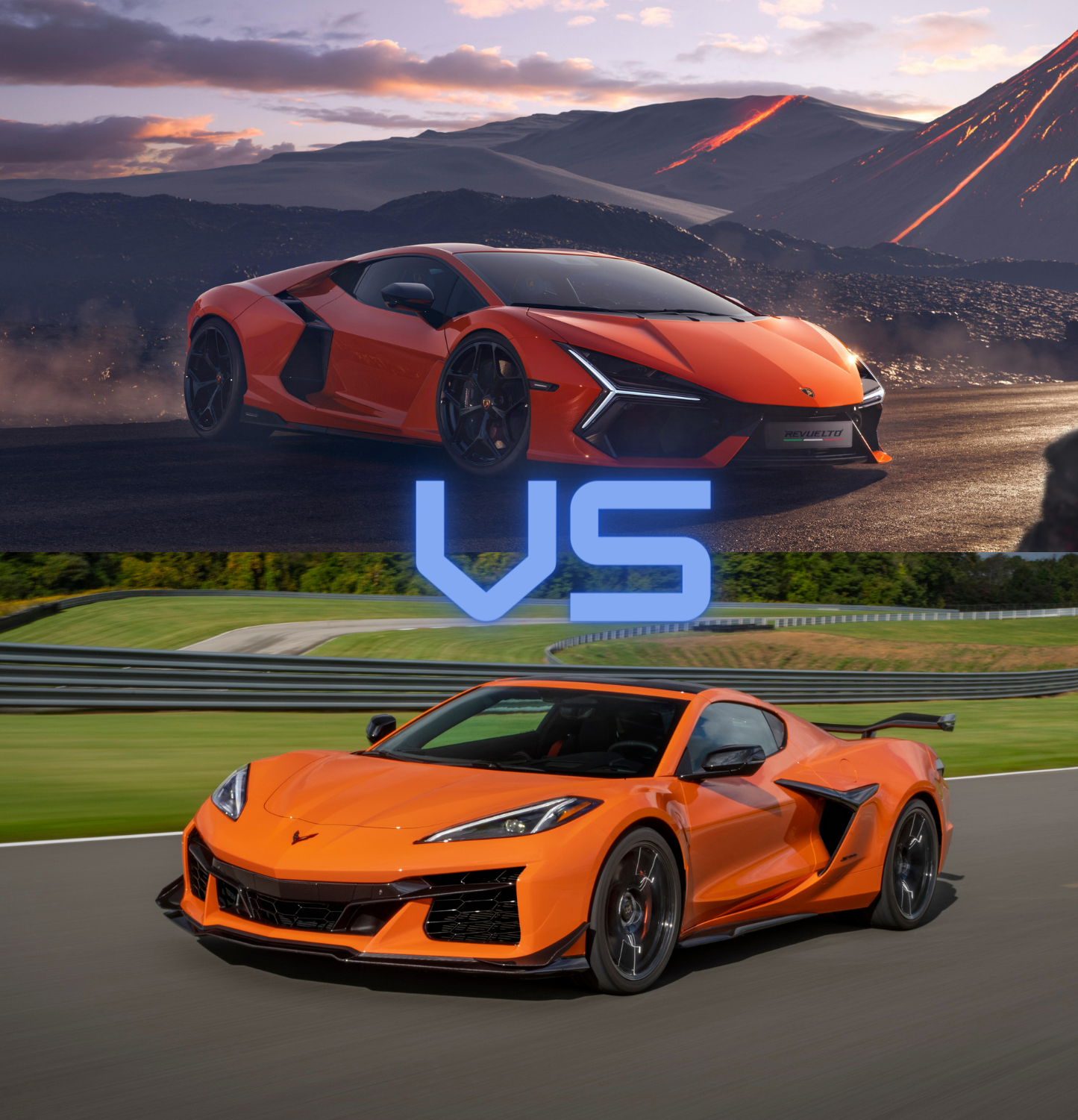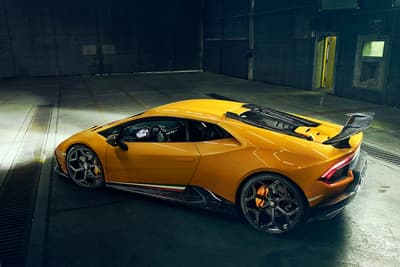Automotive enthusiasts worldwide have often held both the Chevrolet Corvette and the Lamborghini in high regard, each representing distinct aspects of the motoring spectrum. As they command respect in the automobile sector, it’s essential to dissect their respective contributions and what makes each one stand out.
Origins and Evolution
Chevrolet Corvette: Emerging from the heart of the USA in 1953, the Corvette has seen a series of transformations, each one as impressive as the next. As the model evolved from the C1 generation, each version reflected the design and engineering sentiments of its era. The C8, in particular, marked a groundbreaking move for the Corvette, introducing a mid-engine configuration that aligns it with many of today’s supercars. However, before the C8’s revolutionary design, there were models like the Corvette Z06 and ZR1. The Z06, introduced as a performance variant, brought lightweight construction and a more potent engine. On the other hand, the ZR1, often dubbed the ‘King of the Hill,’ showcased even more aggressive aerodynamics and power, asserting its dominance in the Corvette lineage.
Lamborghini: Founded in 1963 in Italy’s Sant’Agata Bolognese, Lamborghini started with the ambition of producing grand touring cars to rival established brands. Yet, it quickly gained fame for churning out iconic supercars. The Gallardo, for instance, became Lamborghini’s best-selling model, balancing V10 performance with daily usability. Then there’s the Aventador, a model that truly embodies Lamborghini’s commitment to pushing boundaries with its V12 engine and aggressive aesthetics. And, of course, the Huracán, a model following in the Gallardo’s footsteps, but with refined dynamics and technology.
Performance Dynamics
![]()
Chevrolet Corvette: Historically, the Corvette has been powered by naturally aspirated V8 engines. Let’s take the Corvette ZR1 as an example. Its supercharged 6.2-liter V8 produces a substantial 755 horsepower and 715 lb-ft of torque. This is complemented by an advanced aerodynamic package that includes an adjustable high-wing spoiler, front splitter, and a unique “halo” hood design to accommodate the supercharger assembly. This ensures optimal airflow and downforce, providing impeccable high-speed stability. The Magnetic Selective Ride Control, an adaptive damping system, continually adjusts to road conditions in real time, optimizing both comfort and performance. This system, in tandem with the electronic limited-slip differential and Performance Traction Management, ensures that the Corvette’s raw power is effectively translated to the tarmac, offering a balanced and controlled driving experience.
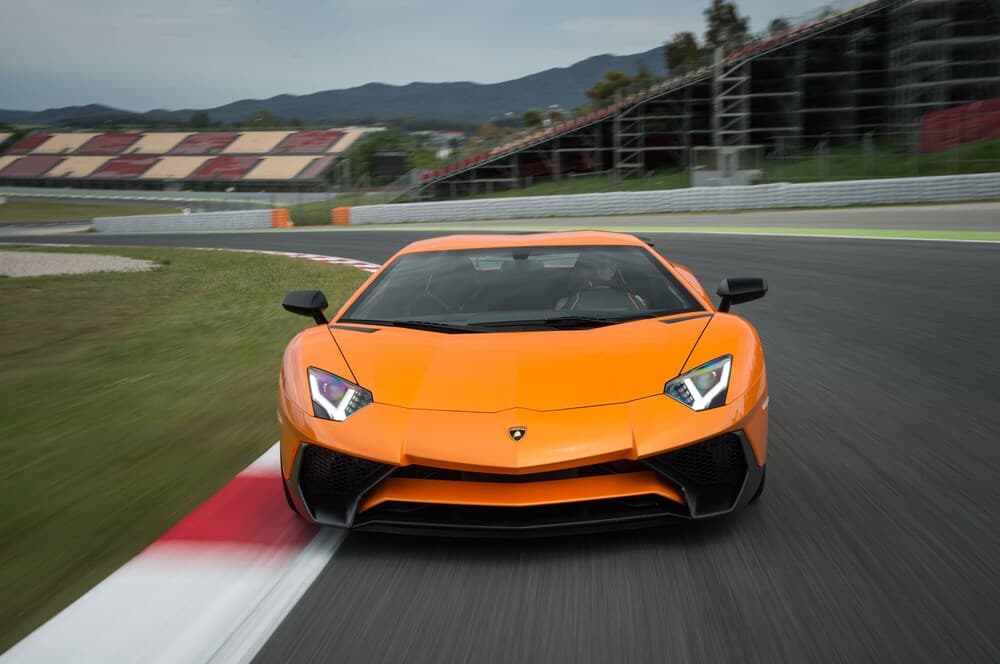
Lamborghini: Lamborghini’s approach to performance dynamics is often characterized by its commitment to naturally aspirated engines and the use of advanced all-wheel-drive systems. Take the Lamborghini Aventador as a benchmark. Its 6.5-liter V12 engine delivers a staggering 770 horsepower in the SVJ model, with a torque figure of 531 lb-ft. This powerplant is mated to the Lamborghini Independent Shifting Rod (ISR) 7-speed transmission, known for its incredibly rapid gear changes. But it’s not just about brute force. The Aventador SVJ features the Aerodinamica Lamborghini Attiva 2.0 (ALA 2.0) system, which uses active aerodynamics to either increase downforce or reduce drag, depending on the driving scenario. Paired with Lamborghini’s dynamic steering and advanced pushrod suspension, it ensures that the car remains agile at lower speeds and steadfastly stable at high velocities.
Technical Specs
| Vehicle Model | Engine | Horsepower (hp) | Torque (lb-ft) | 0-60 mph (seconds) | Top Speed (mph) |
| Chevrolet Corvette Z06 | 6.2L Supercharged V8 | ~650 | ~650 | ~2.95 | ~205 |
| Chevrolet Corvette ZR1 | 6.2L Supercharged V8 | ~755 | ~715 | ~2.85 | ~212 |
| Chevrolet Corvette C8 | 6.2L V8 | ~495 (with Z51) | ~470 | ~2.9 | ~194 |
| Lamborghini Gallardo | 5.0L – 5.2L V10 | 493-562 | 376-398 | ~3.4 to 3.9 (depending on variant) | ~196-202 (depending on variant) |
| Lamborghini Aventador | 6.5L V12 | 690-770 (SVJ) | 507-531 | ~2.8 to 2.9 | ~217 (SVJ) |
| Lamborghini Huracán | 5.2L V10 | 572-631 (Performante) | 442-443 | ~2.5 to 3.4 | ~201-202 |
Technology and Innovation
![]()
Chevrolet Corvette: Chevrolet has always been at the forefront of integrating sophisticated technological solutions into its vehicles. Starting with the Driver Mode Selector, the Corvette allows for a tailored driving experience. This system adapts up to 12 performance variables, ensuring the car’s dynamics match the driver’s intent, be it a leisurely cruise or spirited track day. The Corvette’s Performance Data Recorder (PDR) exemplifies the brand’s commitment to innovation.
The PDR offers real-time telemetry data, allowing drivers to analyze and refine their driving technique. This is coupled with an advanced infotainment system, complete with a high-resolution touchscreen and intuitive interface, ensuring seamless connectivity and entertainment. On the safety front, Chevrolet has employed an array of sensors, cameras, and radars to facilitate features like front curb-view cameras, aiding drivers in complex maneuvers and tight spaces.
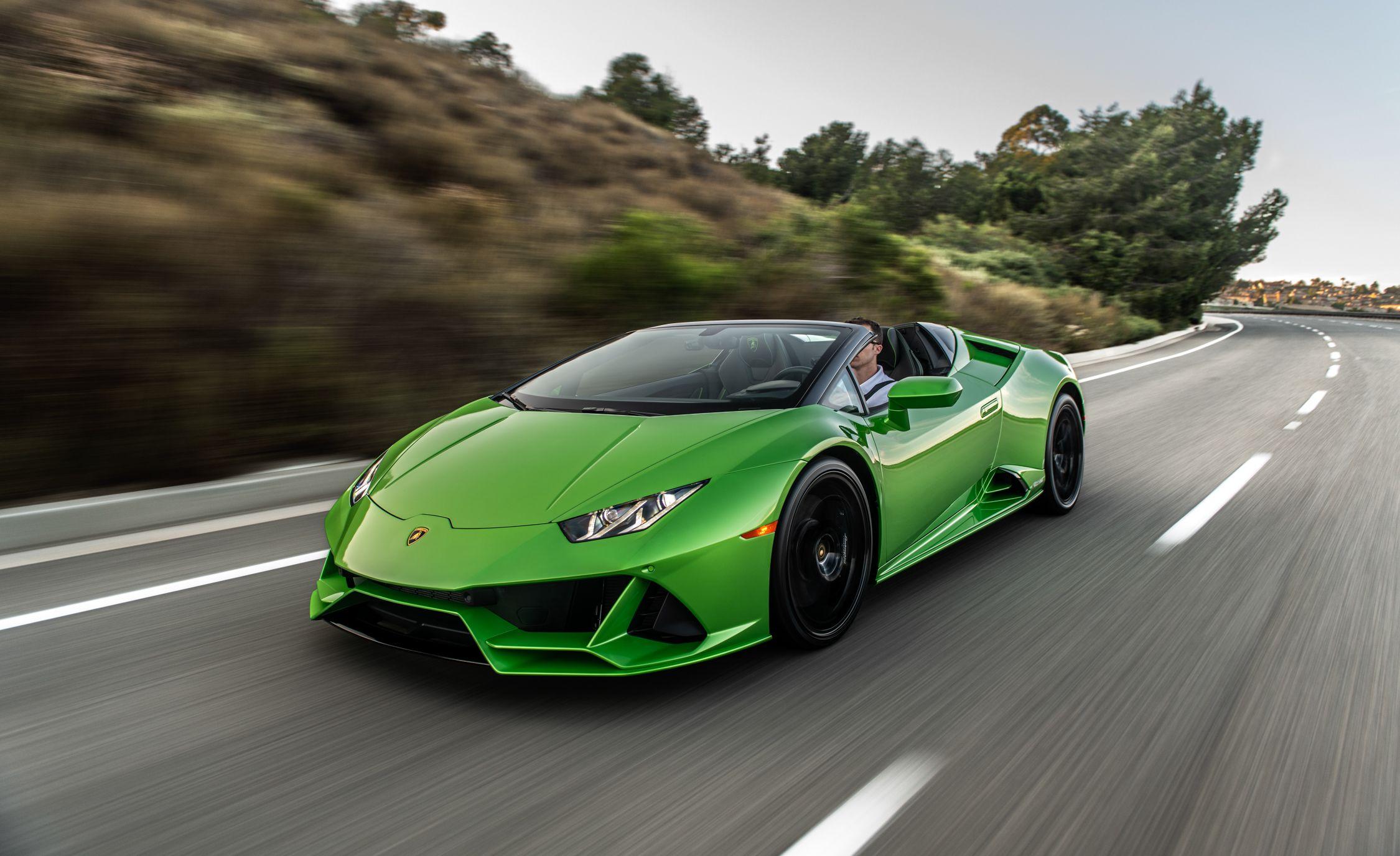
Lamborghini: The realm of Italian supercars is no stranger to technological marvels. Lamborghini, in particular, has showcased its penchant for innovation with systems like the Lamborghini Dinamica Veicolo Integrata (LDVI). Found in models like the Huracán EVO, LDVI is a central processing unit that dynamically controls every aspect of the car’s behavior, from traction to steering input, ensuring optimal driving dynamics based on real-time data. Lamborghini’s Infotainment System II, present in the Huracán series, is another testament to the brand’s tech-savvy approach.
It offers a dual-touchscreen setup with gesture control, seamlessly merging both infotainment and telemetry data. For instance, drivers can access the Lamborghini Telemetry System to monitor and record their track performance, from braking patterns to racing lines. Advanced ADAS (Advanced Driver Assistance Systems) technologies have also been progressively introduced, enhancing safety through features like traffic sign recognition, lane departure warning, and advanced parking assistance.
Interior & Exterior: Chevrolet Corvette vs. Lamborghini
The intrigue of a high-performance car isn’t just about what’s under the hood, but also its aesthetic appeal and the experience from within. Chevrolet Corvette and Lamborghini, while both being iconic and performance-driven, offer different design philosophies when it comes to the interior and exterior. Let’s dissect the character of both.
Chevrolet Corvette
Exterior:
- Design Philosophy: Chevrolet has embarked on a mission to revolutionize the Corvette’s design with its latest iterations, particularly with the C8, transitioning from a front-engine to a mid-engine layout. This change offers a more exotic and aggressive stance reminiscent of European supercars.
- Features: Sharp, angular lines, aerodynamic vents, and a dominant rear haunch emphasize its power. The signature Corvette headlights and taillights ensure it’s instantly recognizable. Convertible models feature a seamless transition with a retractable hardtop that doesn’t compromise the car’s silhouette.
![]()
Interior
- Design Philosophy: Chevrolet’s goal with the Corvette interior has been to amalgamate luxury with functionality. The driver-centric cockpit feels like a jet fighter’s cabin, making the driver the focal point.
- Features: The squared-off two-spoke steering wheel, a digital instrument cluster, and the infotainment system angled towards the driver showcase the “driver-first” approach. High-quality materials such as leather, real metal, and suede are employed generously. Ergonomics are given priority with controls easily within the driver’s reach.
Lamborghini
Exterior:
- Design Philosophy: Lamborghini’s design DNA is characterized by its audacious and avant-garde approach. Every model is an architectural marvel, exuding drama and intensity, often inspired by stealth fighters and other aerodynamic wonders.
- Features: Signature Y-shaped headlights, aggressive hexagonal designs, and scissor doors (in models like the Aventador) capture attention immediately. The aerodynamics are not just for show; active aero elements, like the ALA system in the Huracán Performante, adjust in real-time for optimal performance.
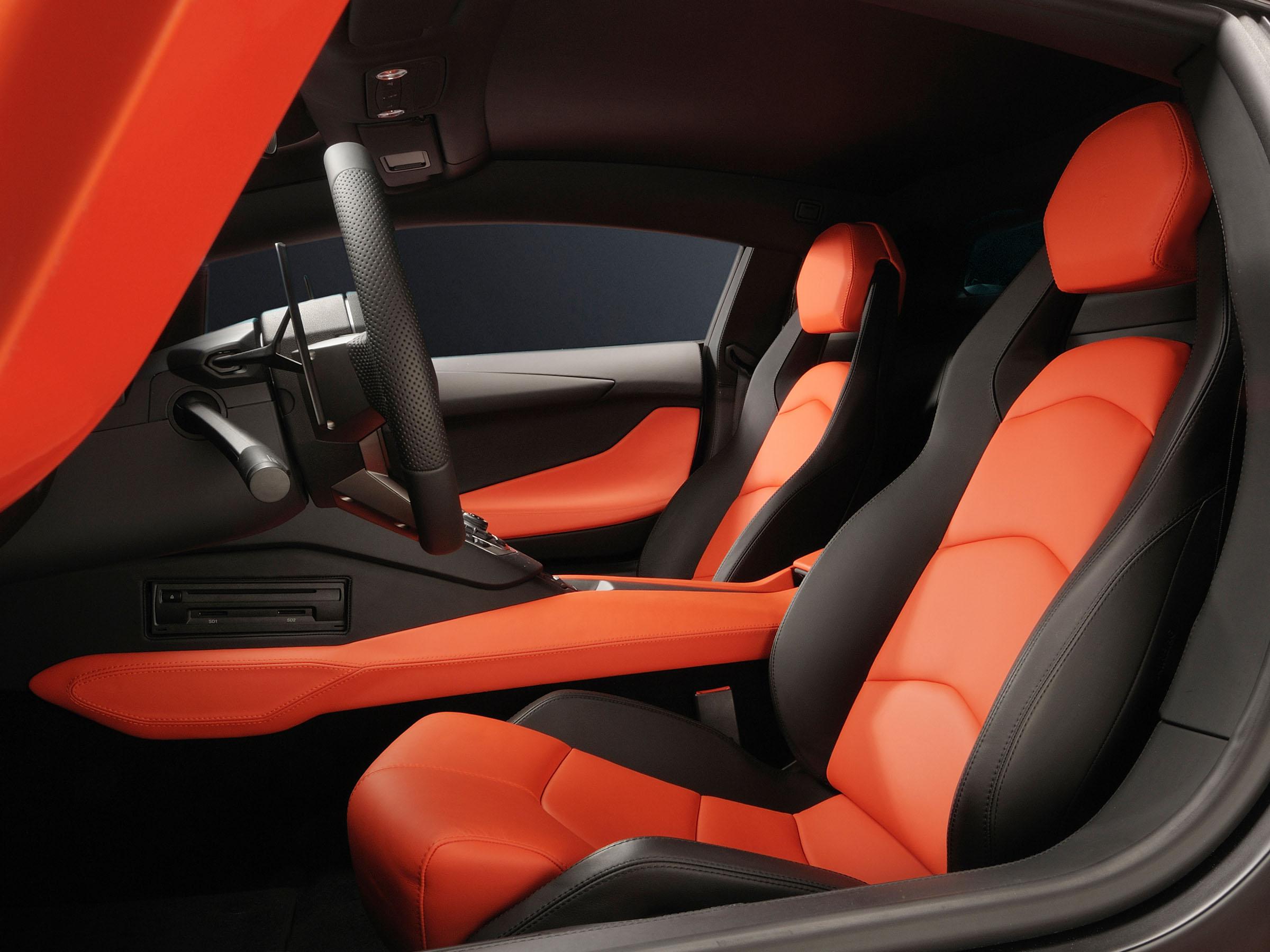
Interior:
- Design Philosophy: Lamborghini interiors are about creating a holistic experience. It’s where luxury meets performance in a bold fashion statement.
- Features: The jet-inspired start button under a flip cover, hexagonal air vents, and digital displays give a futuristic feel. Quality is uncompromised with extensive use of Alcantara, carbon fiber, and fine leather. While being undeniably sporty, the ergonomics ensure that the driver and passenger experience maximum comfort even during spirited drives.
Corvette vs. Lamborghini Price
| Vehicle Model | MSRP (approximate) |
| Chevrolet Corvette Z06 | $85,000 – $90,000 |
| Chevrolet Corvette ZR1 | $130,000 – $140,000 |
| Chevrolet Corvette C8 | $59,995 |
| Lamborghini Gallardo | $181,900 – $259,100 (last production year was 2013) |
| Lamborghini Aventador | $417,826 – $573,966 (depending on the variant) |
| Lamborghini Huracán | $208,571 – $308,859 (depending on the variant) |
Conclusion
The Chevrolet Corvette and Lamborghini, while representing different continents and design philosophies, have a common goal: the unending pursuit of automotive brilliance. With models like the Corvette Z06, ZR1, and C8 and Lamborghini’s Gallardo, Aventador, and Huracán, these brands showcase their dedication to performance, innovation, and driving pleasure. Choosing between them isn’t about deciding which is better but understanding and appreciating the unique flavors each brings to the motoring world.

